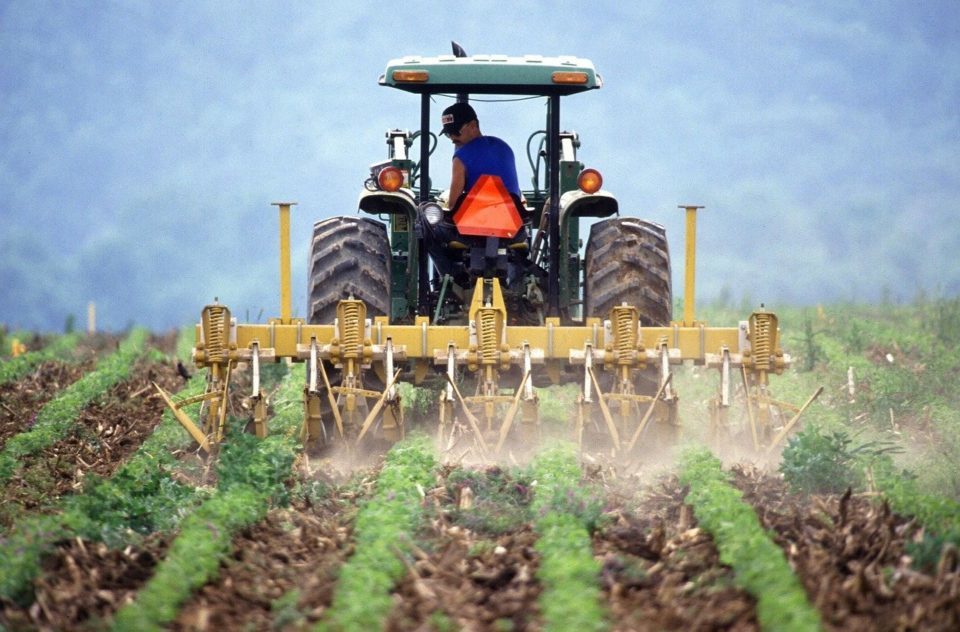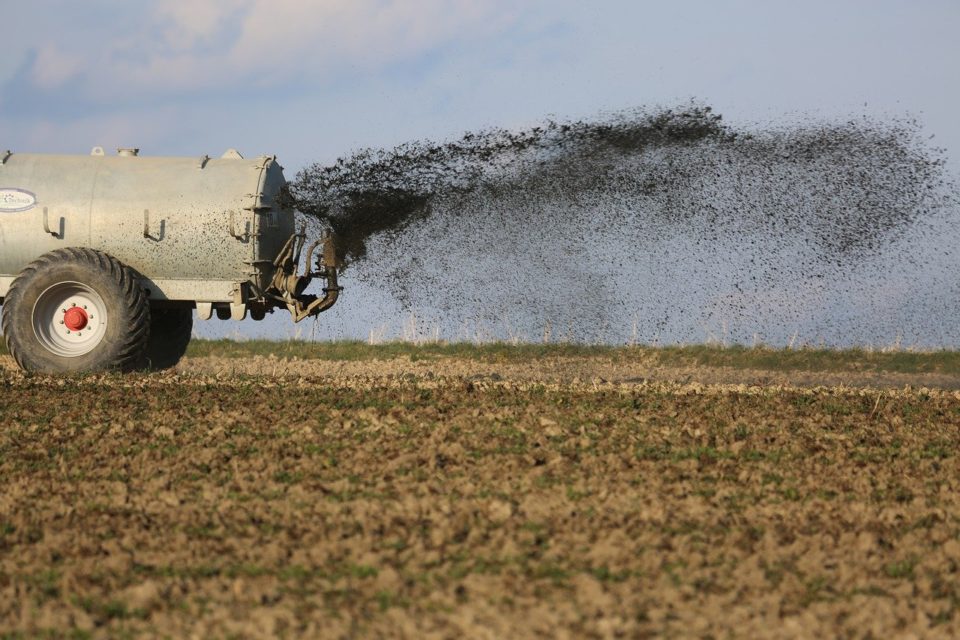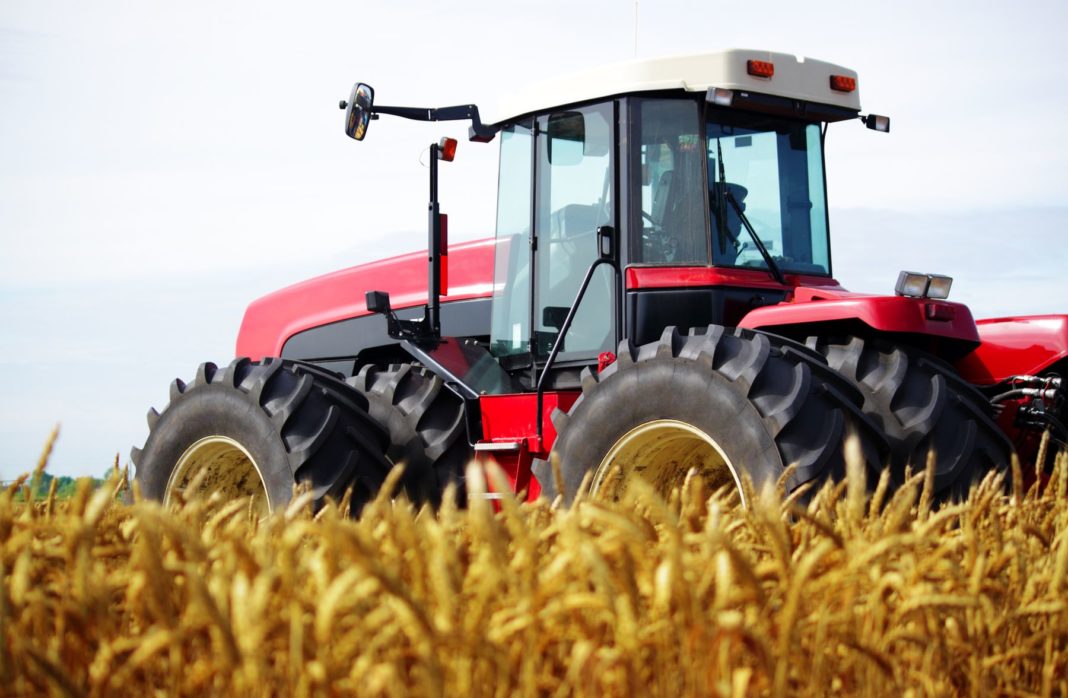Nitrous oxide (NO2), an overlooked greenhouse gas, is stronger than carbon dioxide (CO2) or methane. In addition to bacteria, its important source is the human factor, from one-third to one-half of the total amount released into the atmosphere.
Nitrous oxide naturally exists in the atmosphere. It is produced primarily by microbes in the soil from which gas is released, most in tropical rainforests, oceans, and the Arctic during melting of permafrost.
In addition to bacteria that maintain balance in nature, it is estimated that humans produce 30 to 50 percent of nitrous oxide released into the atmosphere – agriculture and industry.
Agriculture and Industry
The human activity is primarily industrial agriculture, where the use of land and fertilizers is increasing.

Both synthetic and organic fertilizers are nitrogen sources for soil microbes. Microbes convert nitrogen to nitrous oxide. Farmers over-apply synthetic fertilizers primarily to annual crops such as vegetables and grain, with a vision of higher yields.
Nitrous oxide is also emitted during the storage and processing of animal waste. The disposal of large amounts of manure is difficult. Farmers inject manure into the soil, increasing NO2 emissions.
Other sources of NO2, of non-agricultural origin, are wastewater, combustion of fossil fuels and biomass.
Global Carousel
Emissions only occur during the growing season when microbes are active. But global warming causes climate change and thus more warm days of the year. Microbes are more active in NO2 production than ever before.
This causes an imaginary vicious circle where global warming of the Earth promotes microbes in NO2 production, and this gas produced by microbes contributes to global warming.
NO2 is nearly 300 times stronger than CO2 and has remained in the atmosphere for over 100 years.
How to Reduce NO2 Emissions in Agriculture
There are several tools to avoid using synthetic fertilizers: compost, mulch, crop sealing, and soil conservation.
Experts recommend using fertilizers more efficiently, that is, using the right amount at the right time.

A shift to organic production where synthetic fertilizers are not used would be the most effective way to reduce NO2 emissions in agriculture. Organic fertilizers release nitrogen more slowly than synthetic ones.
Source and credit: https://civileats.com/2019/09/19/the-greenhouse-gas-no-ones-talking-about-nitrous-oxide-on-farms-explained/, depositphotos, pixabay.com















